| Zeitschrift Umělec 2003/3 >> STOLEN HEAVEN | Übersicht aller Ausgaben | ||||||||||||
|
|||||||||||||
STOLEN HEAVENZeitschrift Umělec 2003/301.03.2003 Jeffrey A. Buehler | neuigkeiten | en cs |
|||||||||||||
|
Kazuo Katase, The Stolen Heaven, Oct. 22 – Nov. 23, 2003
House of Art, České Budějovice Japanese artist Kazuo Katase, for his month-long exhibition presence at Dům Umění in České Budějovice, finished installing the last work and, now trapped inside the final room, slipped quietly out of the second floor window and away from the gallery. Leaving not a trace behind. Henceforth, the exhibition sat still in a kind of thundering silence in which light was dark and dark was light, windows were suddenly doors and doors were windows. Transparent, iridescent sheets of aqua-marine shimmered, blocking off a segment of space. Entering the gallery one had the feeling there was nowhere to go, nothing to search for in the works at hand. And no way to get to any kind of “meaning.” The exhibition itself was a three-dimensional object that circled around the revolving door-like space of the gallery. Each room revealed a facet, an aspect of the emptiness inherent within the show, like objects pinned to the edge of space. Only the aqua-marine see-through sheets that covered both entrances to the room at the far side of the circle broke up the flow. These slices of visible but inaccessible heaven were what the artist had attached from the inside before slipping out the window. The artistic ego dissolving in the open air at the point of completion. Inside this room, there are no doors over the windows, and light is streaming in, and to me it looked like an aquarium with no fish, just your faced pressed up against barrier and the longing to get inside. The rest is emptiness, but alive, vibrant, in one room the image of a candle in a light box emerges from the space, the flame in black negative. The rooms are darkened by white German doors with bright silver hinges and handles that have been placed over the windows, and in the first room two light boxes, one green tinted with birds in cages and another a Babel of blurry language and images streaking over a cityscape of Hiroshima. And that’s it. Kazuo Katase was born in 1947 in Shizuoka prefecture but since 1976 he has lived and worked in Germany. He is a master of merging Japanese Zen, European philosophy and contemporary art. “I see the principle of reality in polar contrasts, not excluding themselves, my aim is existential thinking, based in the origin of the world. Death and Life belong together.” His works fall into a place just beyond concept, where it is impossible to say, “this is about…” or “Katase’s precise use of color defines his blah blah blah” etc. It’s much easier than that, and much more difficult to make. One prefers to, as I did, sit on the floor in one of the nearly empty rooms and let the fragility of the various objects, colored lights, shadows or textures simply make themselves known. Instead of forcing himself on the viewer with the desperate need to communicate, the artist’s mind nature unfolds within you if you allow it, leaving behind impressions (traces) as warm or as cold as a bare hand pressing against your chest. Jeffrey A. Buehler
01.03.2003
Empfohlene Artikel
|
|||||||||||||
|
04.02.2020 10:17
Letošní 50. ročník Art Basel přilákal celkem 93 000 návštěvníků a sběratelů z 80 zemí světa. 290 prémiových galerií představilo umělecká díla od počátku 20. století až po současnost. Hlavní sektor přehlídky, tradičně v prvním patře výstavního prostoru, představil 232 předních galerií z celého světa nabízející umění nejvyšší kvality. Veletrh ukázal vzestupný trend prodeje prostřednictvím galerií jak soukromým sbírkám, tak i institucím. Kromě hlavního veletrhu stály za návštěvu i ty přidružené: Volta, Liste a Photo Basel, k tomu doprovodné programy a výstavy v místních institucích, které kvalitou daleko přesahují hranice města tj. Kunsthalle Basel, Kunstmuseum, Tinguely muzeum nebo Fondation Beyeler.
|





















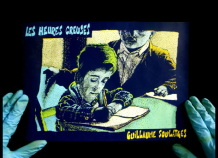




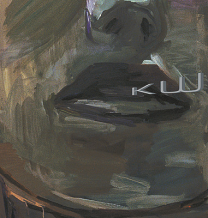
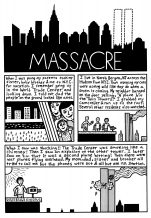
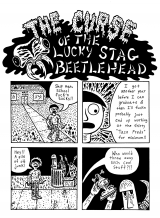
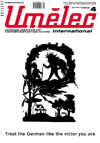


 We Are Rising National Gallery For You! Go to Kyjov by Krásná Lípa no.37.
We Are Rising National Gallery For You! Go to Kyjov by Krásná Lípa no.37.
Kommentar
Der Artikel ist bisher nicht kommentiert wordenNeuen Kommentar einfügen